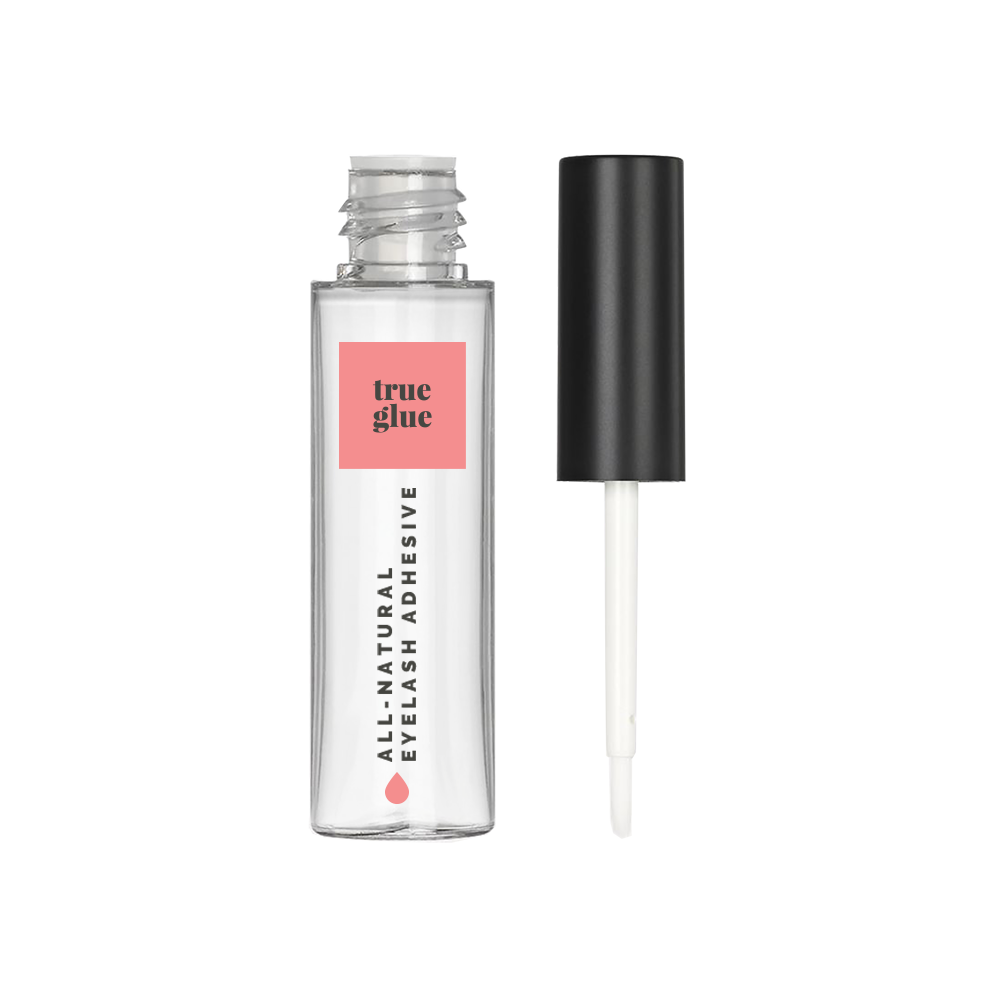Enhancing your natural beauty with eyelash extensions or strip lashes can give your eyes that extra pop, but it's crucial to ensure the products you use are safe and effective. Natural eyelash glue is a fantastic option for those seeking a more organic and gentle adhesive. However, proper application and safety measures are key to avoiding irritation or damage.
What is Natural Eyelash Glue?
Natural eyelash glue is typically made from organic ingredients, free from harsh chemicals like formaldehyde, parabens, and latex. Common ingredients include natural latex, botanical extracts, and non-toxic adhesives derived from plants. These glues are designed to be gentler on the skin and eyes, making them ideal for those with sensitive skin or allergies.
Benefits of Natural Eyelash Glue
- Hypoallergenic: Minimizes the risk of allergic reactions and irritation.
- Gentle on Skin: Free from harsh chemicals that can cause redness or swelling.
- Eco-Friendly: Often made from sustainable and biodegradable ingredients.
- Easy to Remove: Typically easier to dissolve and remove without damaging your natural lashes.
Safety Tips for Using Natural Eyelash Glue
1. Patch Test Before Use
Before applying any eyelash glue, especially if it’s your first time using a new brand or formula, perform a patch test. Apply a small amount of glue on your inner wrist or behind your ear and wait for 24 hours. If there’s no redness, itching, or swelling, it’s likely safe for use on your eyes.
2. Check the Ingredients
Even natural products can cause reactions in some people. Check the ingredients list for any potential allergens. Common natural allergens might include latex (from rubber trees) or specific botanical extracts.
3. Give it a Shake
Shaking eyelash glue before use is essential for ensuring optimal performance and safety. Over time, the ingredients in the glue can separate, which may affect its adhesive properties and consistency. By thoroughly shaking the bottle, you ensure that the components are well-mixed, resulting in a uniform texture that allows for a stronger and more reliable bond. This simple step helps prevent issues such as uneven application, premature lash detachment, and potential irritation, ensuring your lashes stay securely in place and your eyes remain comfortable throughout the day.
4. Follow Proper Application Techniques
- Clean and Dry: Ensure your eyelids and lashes are clean and dry before application. Remove any makeup, oils, or residue that might affect the glue’s adhesion.
- Apply Sparingly: Use a minimal amount of glue to avoid overflow onto your eyelid or into your eye. A thin line along the base of the lash strip is sufficient.
-
Wait for Tacky Consistency: Allow the glue to become tacky (usually about 20-30 seconds) before applying the lashes. This ensures better adhesion and easier positioning.
5. Avoid Contact with Eyes
Be very careful to avoid direct contact with your eyes. If glue does get into your eye, rinse immediately with plenty of water and seek medical attention if irritation persists.
6. Remove Lashes Properly
- Use an Oil-Based Remover: Natural eyelash glues are usually easier to remove with oil-based makeup removers. Gently dab the remover along the lash line and let it sit for a minute to dissolve the adhesive.
- Peel Gently: Starting from the outer corner, gently peel off the lashes. Avoid tugging or pulling to prevent damage to your natural lashes.
- Clean Residue: Clean any remaining glue from your eyelids and lashes with a gentle cleanser.
7. Storage and Shelf Life
Store your natural eyelash glue in a cool, dry place, away from direct sunlight. Pay attention to the expiration date, as using expired glue can increase the risk of irritation and infection.
Using natural eyelash glue can enhance your beauty routine while minimizing the risk of irritation and allergic reactions. By following these safety tips and proper application techniques, you can enjoy the benefits of eyelash extensions or strip lashes with peace of mind. Always remember to prioritize your eye health and choose high-quality products for the best results.
Blog Photo Credit: Ennie Horvath














